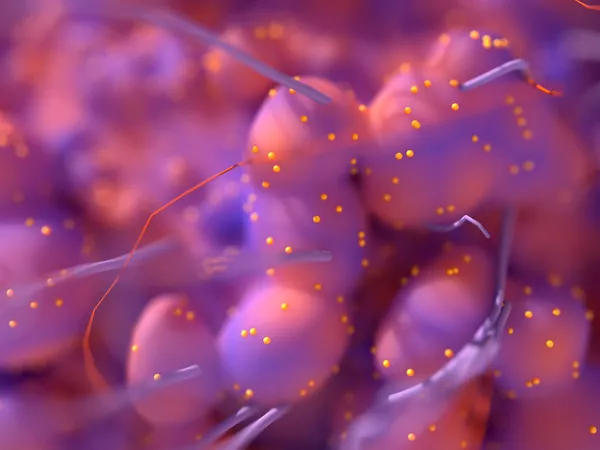RETRACTION
Accepted on 11 Mar 2025
Retraction: Dihydroartemisinin Suppresses the Tumorigenesis and Cycle Progression of Colorectal Cancer by Targeting CDK1/CCNB1/PLK1 Signaling
doi 10.3389/fonc.2025.1591122
10k
Total downloads
32k
Total views and downloads
RETRACTION
Accepted on 11 Mar 2025
EDITORIAL
Published on 24 Feb 2022
ORIGINAL RESEARCH
Published on 07 Feb 2022

ORIGINAL RESEARCH
Published on 11 Jan 2022

ORIGINAL RESEARCH
Published on 03 Jan 2022

ORIGINAL RESEARCH
Published on 24 Nov 2021

ORIGINAL RESEARCH
Published on 02 Nov 2021

ORIGINAL RESEARCH
Published on 22 Oct 2021

ORIGINAL RESEARCH
Published on 12 Aug 2021

